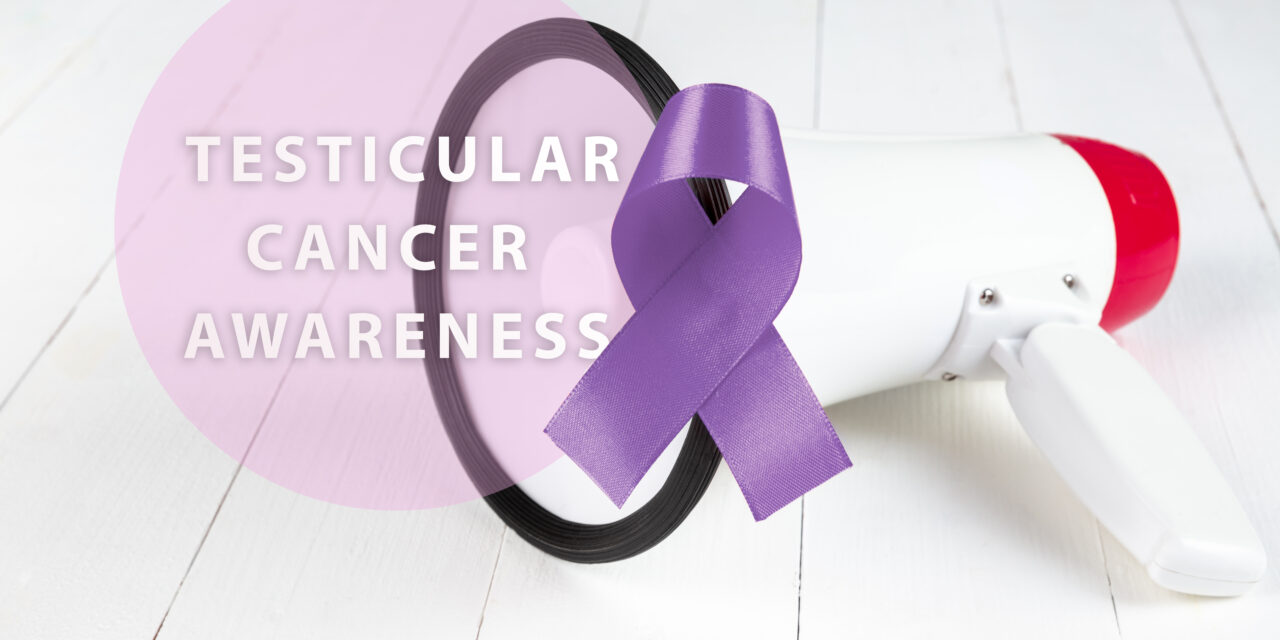Courtesy of Great Lakes Cancer Care Collaborative
According to the National Foundation for Cancer Research (NFCR), testicular cancer is one of the rarest types of cancer, accounting for just 1% of all cancers in men. However, it is also the most common type of cancer in men between the ages of 15 and 35. About 10,000 cases of testicular cancer are diagnosed yearly in the United States, resulting in 500 deaths. The risk for developing testicular cancer is small — 1 in 250, and about 1 in 5,000 men die as a result.
Often, men who develop testicular cancer do not have any risk factors; however, risk factors include an undescended testicle(s), HIV infection, abnormal testicular development, a family history of testicular cancer, and genetic disorders such as Klinefelter and Down syndrome. Symptoms of testicular cancer are a lump or swelling in the testicle, breast growth or soreness, and early puberty in males. More advanced symptoms are lower back pain; shortness of breath, a dull ache in the lower abdomen or groin, chest pain; coughing; headaches or confusion.
As with all cancers, the best outcomes depend on early detection. No one knows that better than Justin Birckbichler, a testicular cancer survivor who performed routine self-exams. When Justin felt an unusual pea-sized lump in his left testicle, he immediately contacted a physician who referred him for imaging, after which he was sent to a urologist. Upon receiving a positive diagnosis of testicular cancer, Justin worried that the necessary removal of one of his testicles would make him less of a man. Fortunately, Justin was told that his cancer was highly treatable, and that removal of his testicle would have no biological effect.
During the course of his experience, Justin learned that there were few resources available about testicular cancer. He also became more aware of society’s belief that men should be tough and “man up.” Determined to encourage men to talk more openly about their health, and to share information and experiences with their peers, Justin founded A Ballsy Sense of Tumor.
This month, during Testicular Cancer Awareness month, urologist Richard Gilbert, M.D. of UBMD and Great Lakes Cancer Care Collaborative (GLCCC) says that all males should undergo screening for testicular cancer from puberty through age 40. He also provides steps for self-examination.
- Choose a time when your scrotum is relaxed, such as during or after a shower
- Place your index and middle finger under the testicle with your thumb on top
- Firmly but gently roll the testicle between your fingers.
- Examine your testicles for changes in color, shape, or swelling.
- Contact your doctor immediately if you notice any bumps, lumps, or other concerning changes.
Watch a video about testicular screening featuring Dr. Gilbert at https://www.greatlakescancercare.org/types-of-cancer/testicular-cancer, in which he emphasizes that, while some cancers are more serious than others, the overall cure rate for
testicular cancer is 95%, for which treatments may include some combination of surgery, radiation, or chemotherapy. If you or a loved one has been diagnosed with testicular cancer, call 716-844-5000 to make an appointment to see Dr. Gilbert.











